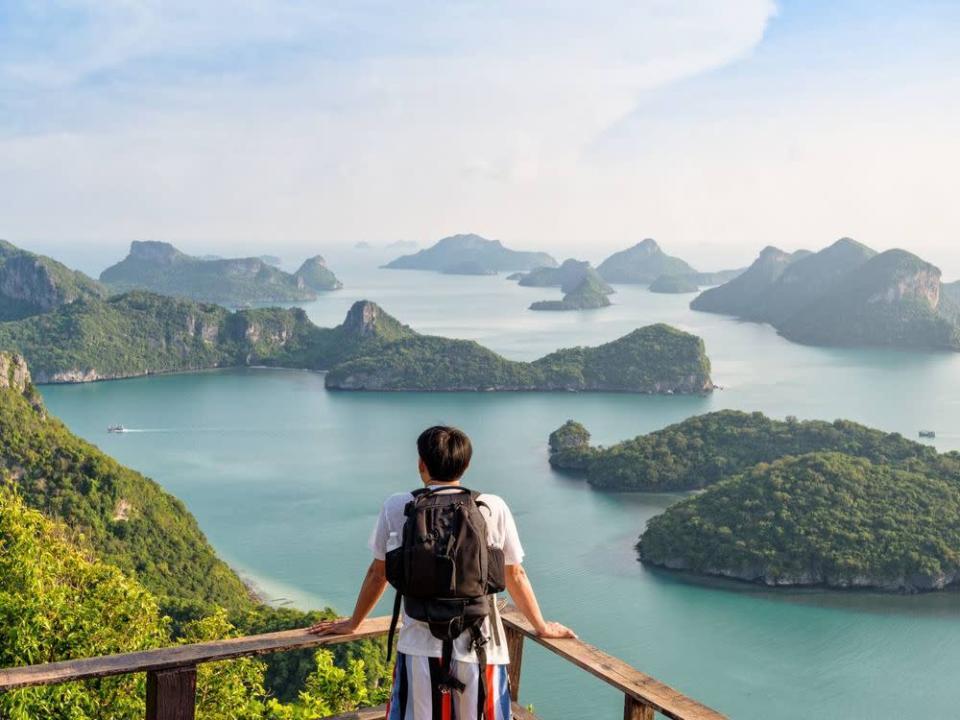The Best Time to Travel Anywhere in the World

Choosing the best time to travel can transform an ordinary journey into an extraordinary one. Weather conditions, cultural festivities, and crowd levels shape the way destinations reveal themselves. While the allure of certain places never fades, timing often dictates whether your adventure will be serene and intimate or vibrant and bustling. Strategic planning around seasons, events, and climate ensures you encounter each destination at its most captivating moment.
Understanding Seasonal Nuances
The globe spins through four main seasons, but within them lie intricate micro-seasons, each bringing a distinctive atmosphere. Spring awakens landscapes with blossoms and mild temperatures. Summer offers warmth and extended daylight, though often with the cost of higher prices and crowded attractions. Autumn paints the scenery in fiery hues, with fewer tourists and a calmer ambiance. Winter transforms certain regions into snowy wonderlands while offering sunny escapes in the tropics. The key is aligning personal preferences with these rhythms of nature.
Regional Climate Patterns
Travel decisions often hinge on understanding a region’s weather systems. Monsoon seasons in Southeast Asia, for instance, may deter beachgoers but entice budget-conscious explorers with lower prices. The Mediterranean enjoys long, dry summers but has a charming quietness in the cooler months. In tropical zones, wet and dry seasons replace the traditional four, with rainfall patterns dictating accessibility to certain natural wonders. Studying these patterns prevents disruptions and enhances experiences.
Cultural Festivals and Events
Beyond climate, human traditions can define the ideal period for exploration. Participating in Japan’s cherry blossom festivals, experiencing Brazil’s Carnival, or attending Europe’s Christmas markets offers a glimpse into the heartbeat of a culture. However, these celebrations often bring higher costs and denser crowds. Weighing the magic of such experiences against logistical challenges ensures a balanced itinerary.
Balancing Crowds and Tranquility
Crowds can either enrich or diminish a journey. Shoulder seasons—those transitional periods between peak and off-peak—often strike the perfect balance. Tourist hotspots like Paris or Rome remain open and welcoming, yet without the overwhelming influx of visitors. This balance not only enhances enjoyment but also supports local communities during less busy months.
Wildlife and Natural Phenomena
Certain adventures hinge on natural events. The migration of wildebeest in Africa, the Northern Lights in Scandinavia, or whale watching in the Pacific are time-sensitive wonders. Missing these spectacles can mean missing the essence of a destination’s natural charm. Aligning travel with these events requires foresight, patience, and sometimes a bit of luck.
Budget Considerations
Timing also influences the financial aspect of travel. High seasons often carry premium price tags for flights and accommodation, while off-peak times offer significant savings. However, reduced prices sometimes come with trade-offs in weather or available activities. Weighing cost efficiency against experience quality is crucial in deciding when to embark.
Personal Travel Goals
Ultimately, the perfect moment to embark on a journey depends on the traveler’s desires. Some seek solitude, others thrive in bustling atmospheres. Adventure seekers might prefer unpredictable weather for its challenges, while leisure travelers lean toward stable, sunny days. Recognizing personal priorities ensures that timing aligns seamlessly with expectations.
Travel is as much about timing as it is about destination. Every location has a moment when it truly comes alive—whether through seasonal beauty, cultural vibrancy, or natural phenomena. By understanding global climates, cultural rhythms, and personal preferences, journeys can be tailored to reveal each place at its finest.





